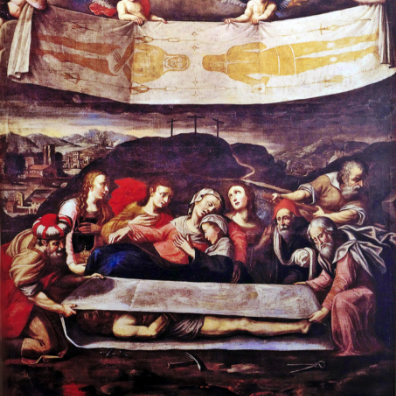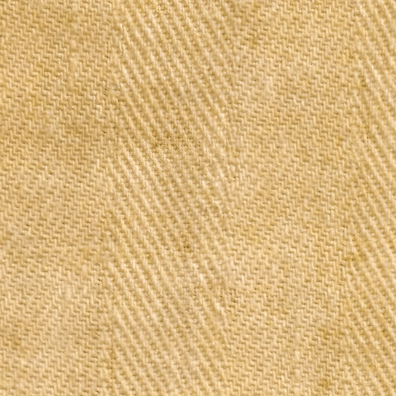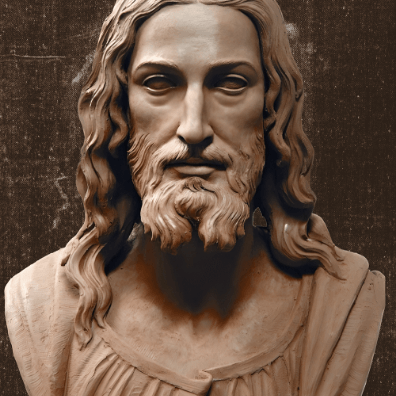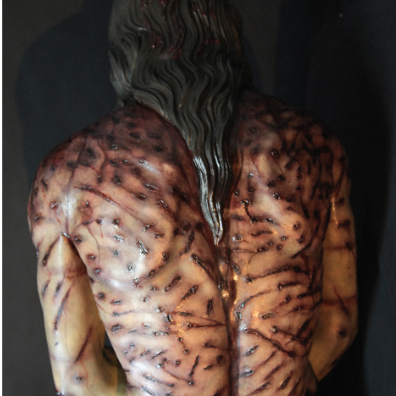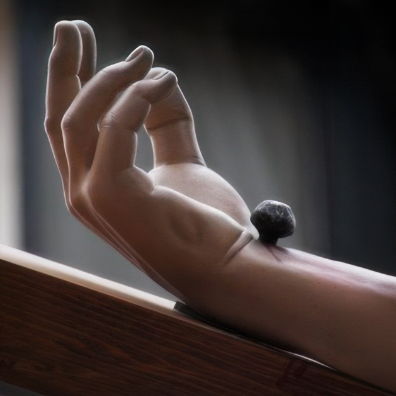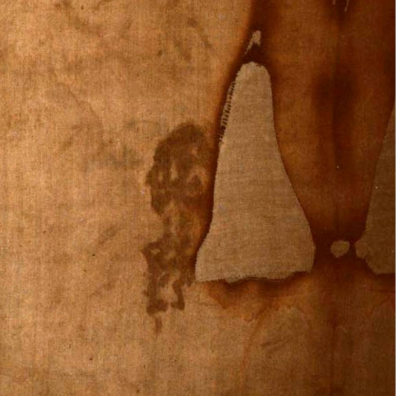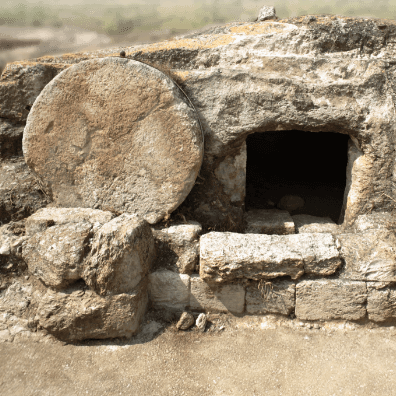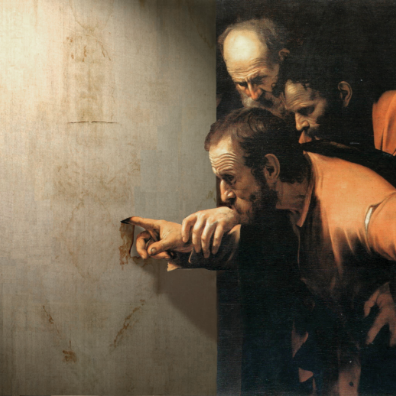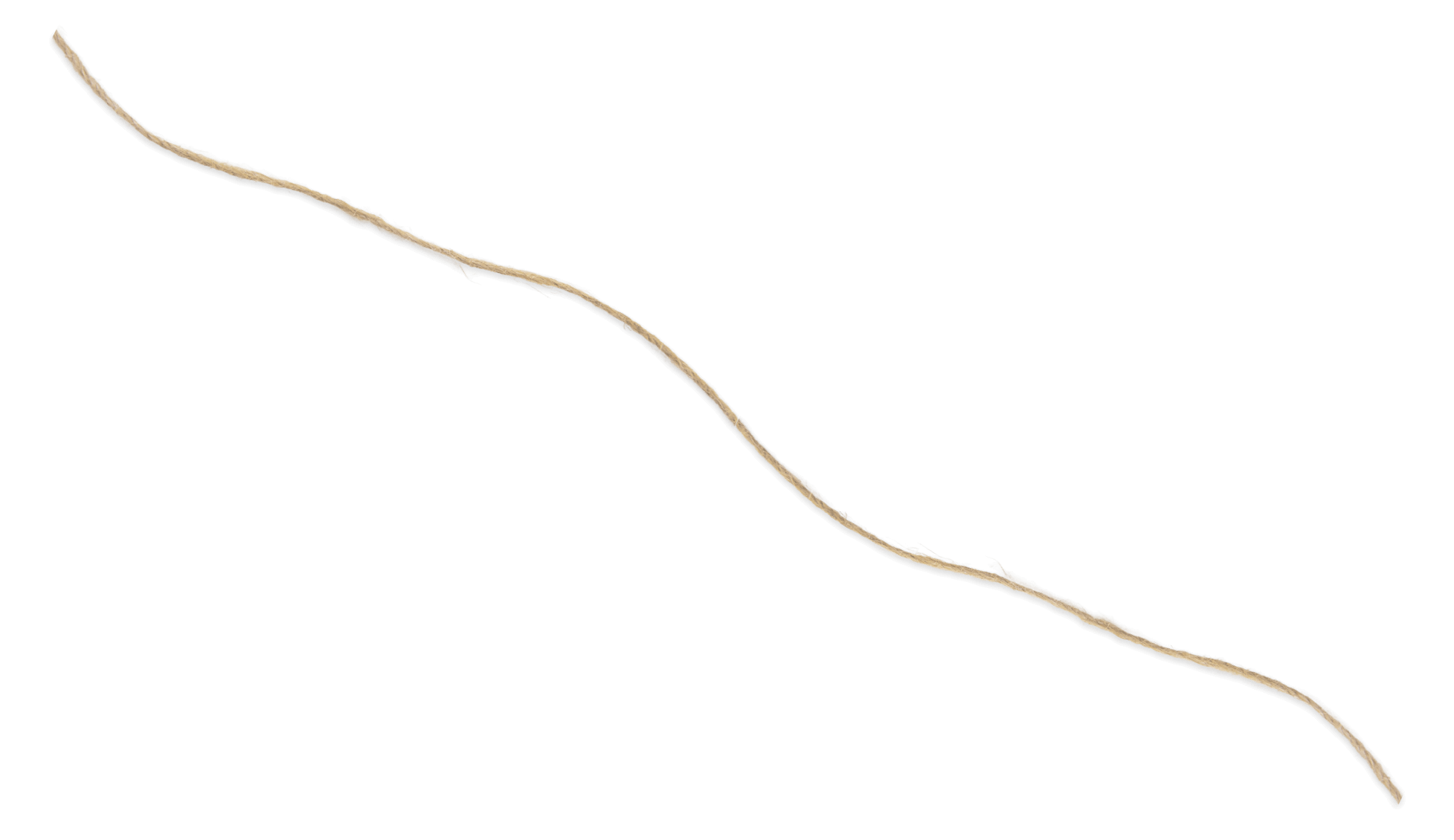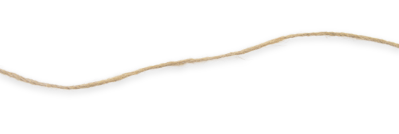- The crown of thorns was more like a cap or helmet, not like a halo.
- The crown is the most significant link between the man of the Shroud and Jesus of Nazareth.
- The Gospels tell us that before Jesus was crucified, the Roman soldiers mocked him with a crown of thorns.
- No one else in recorded history was both crowned with thorns and crucified.


